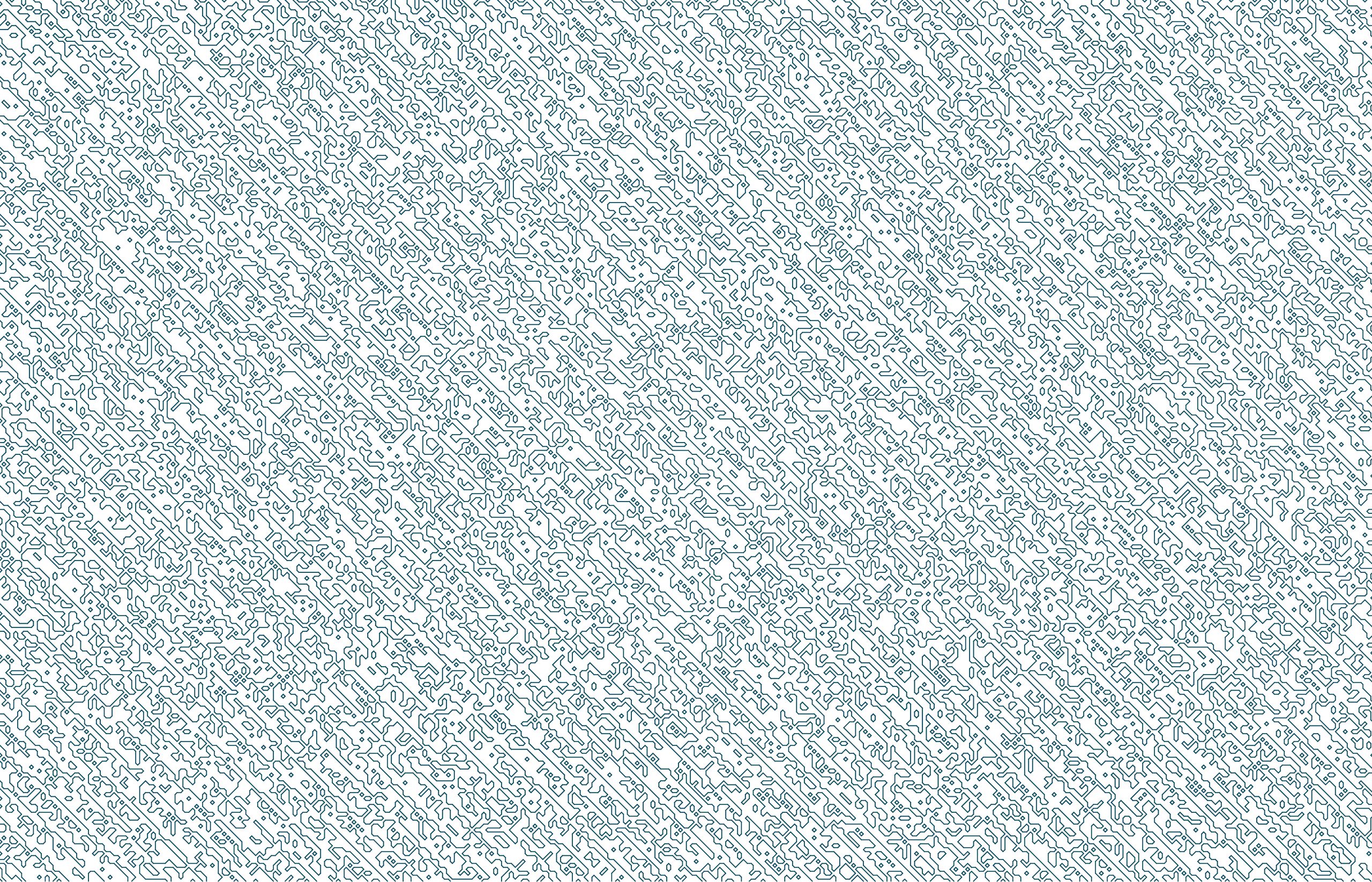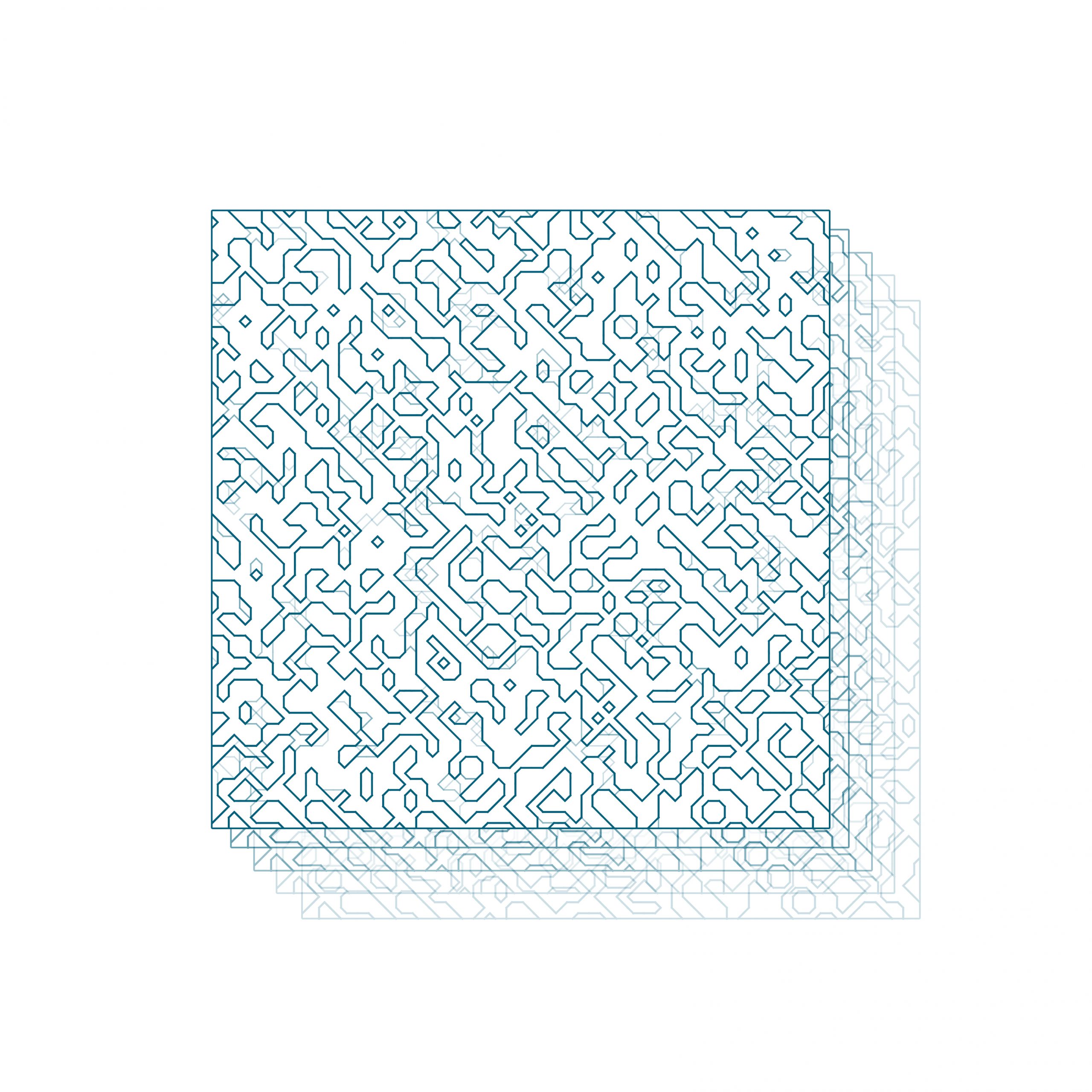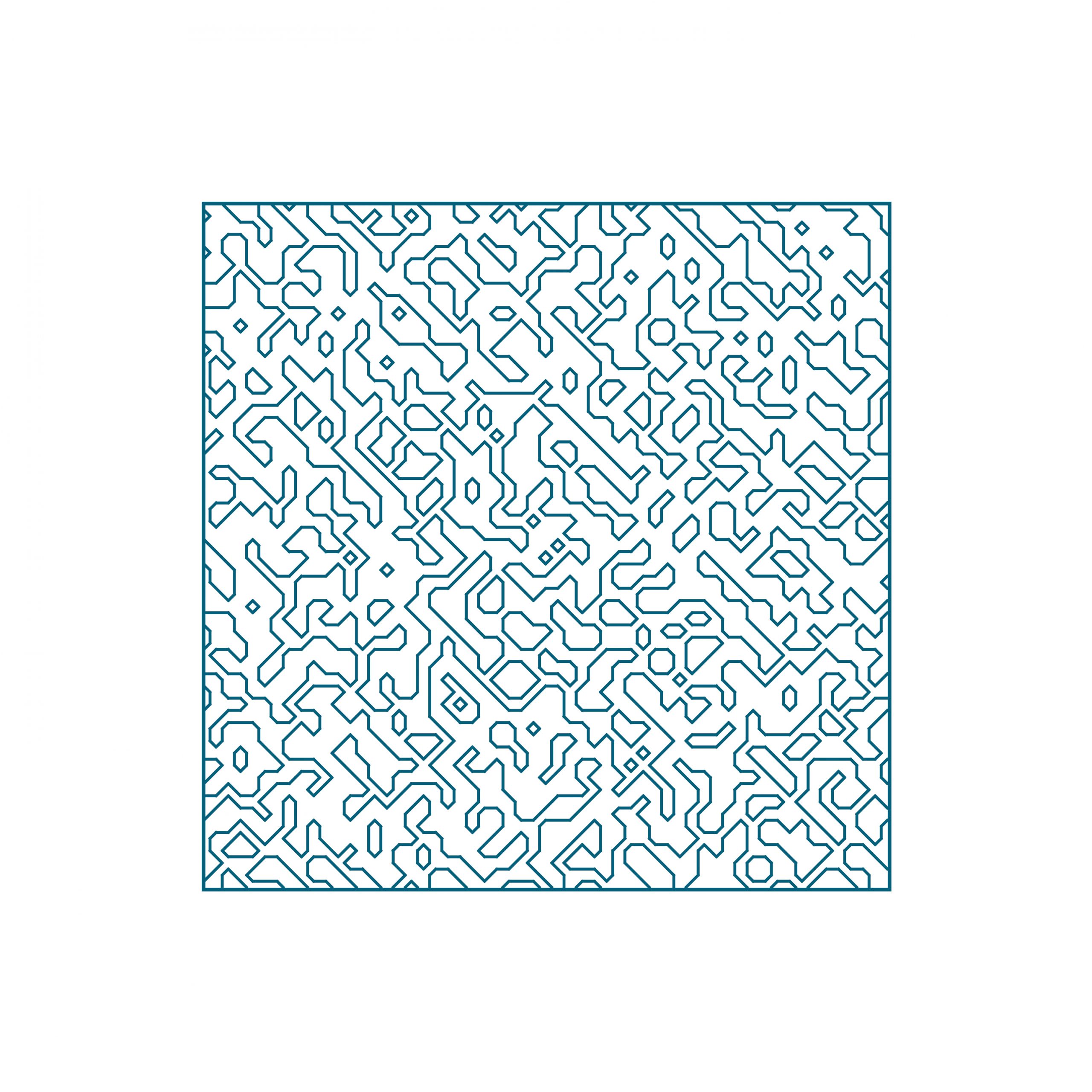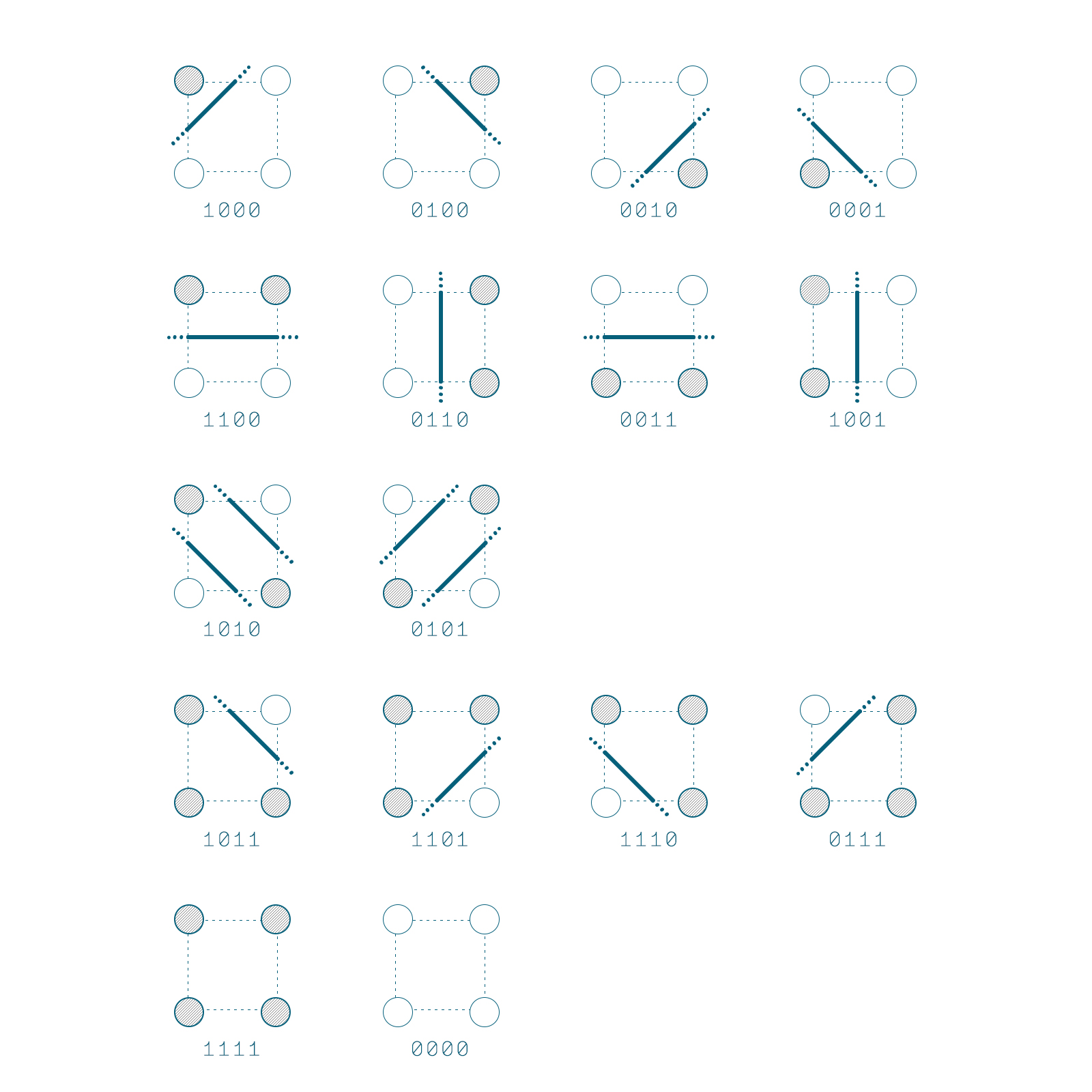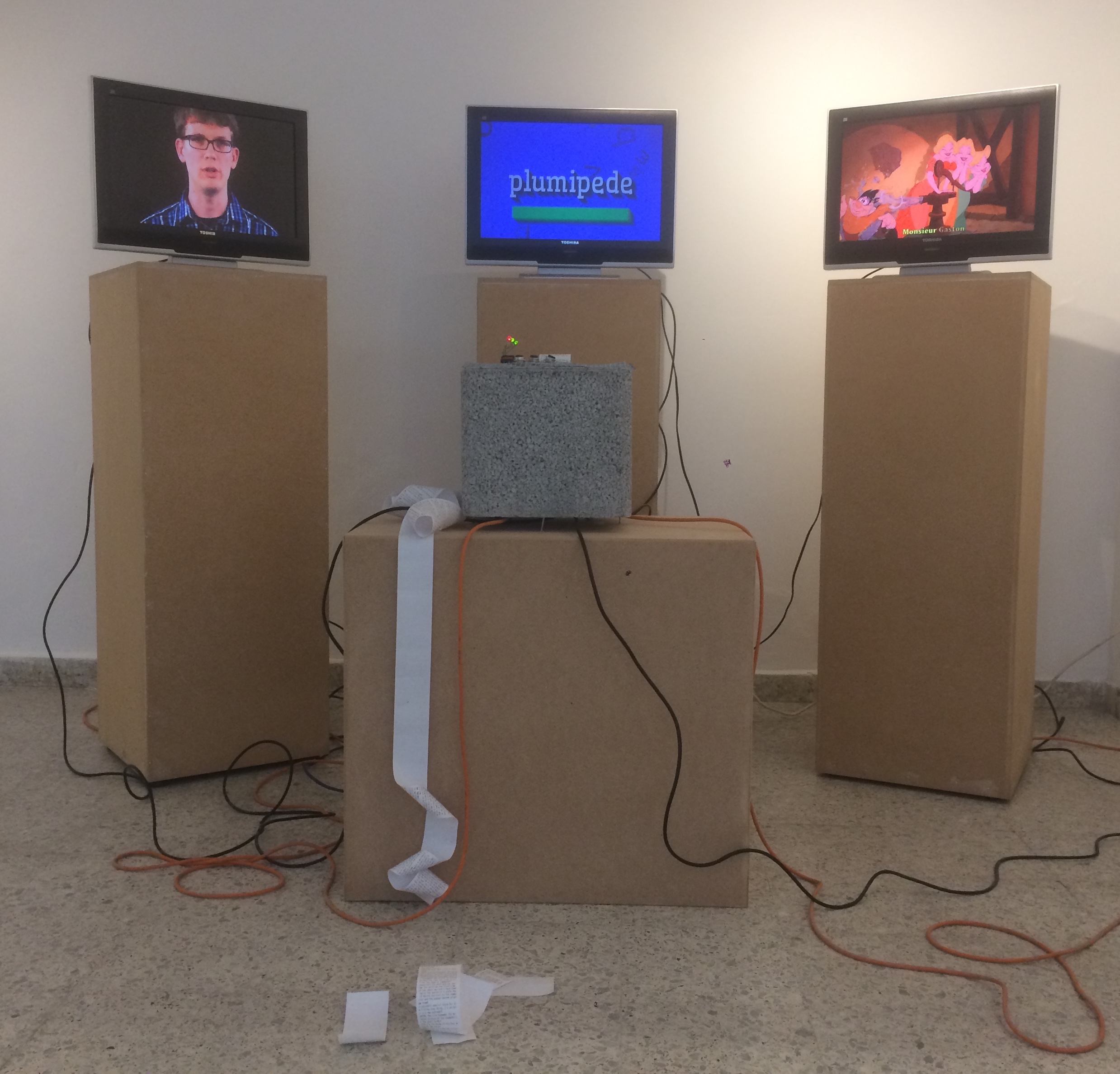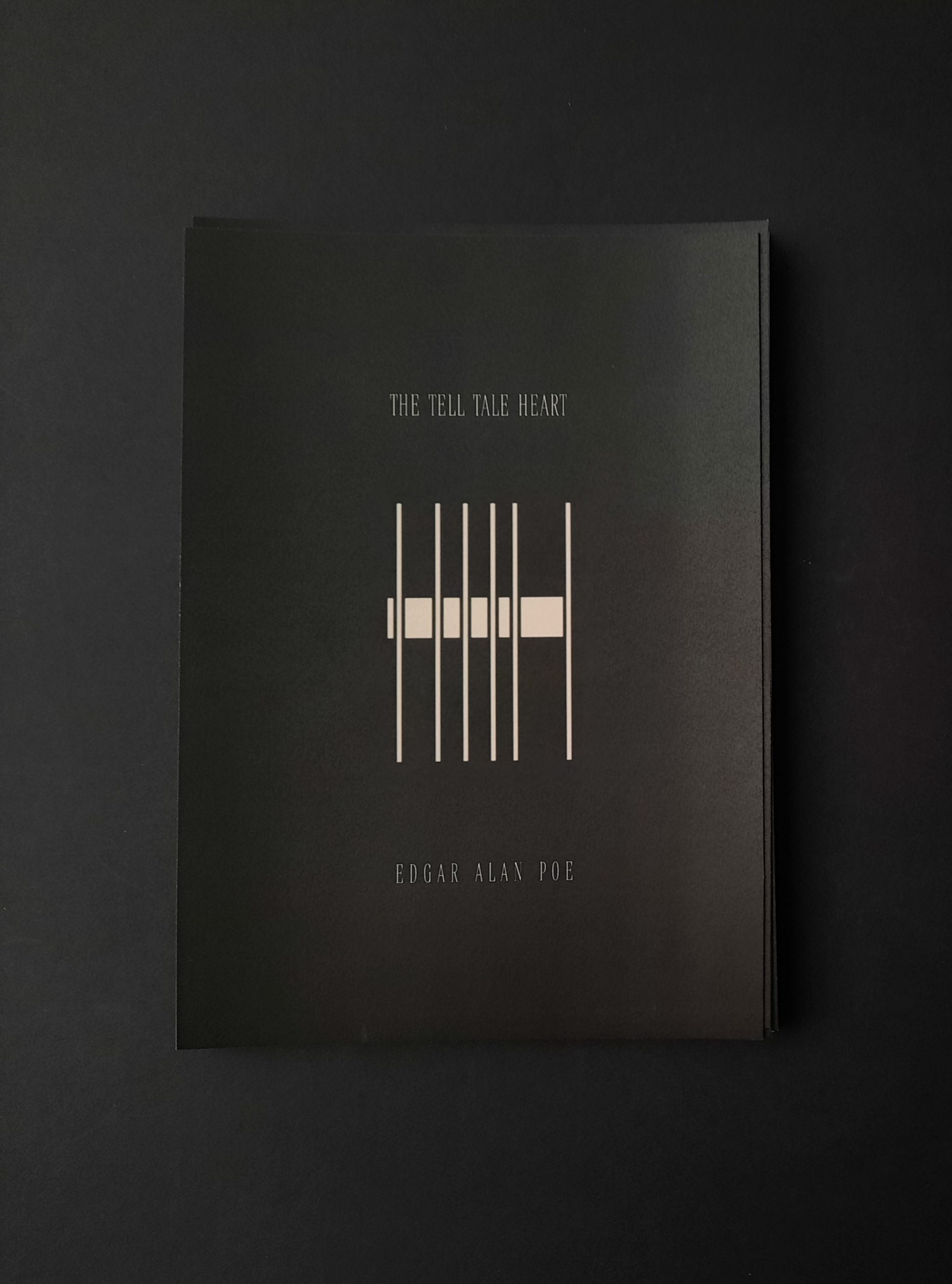The Eternal Labyrinth
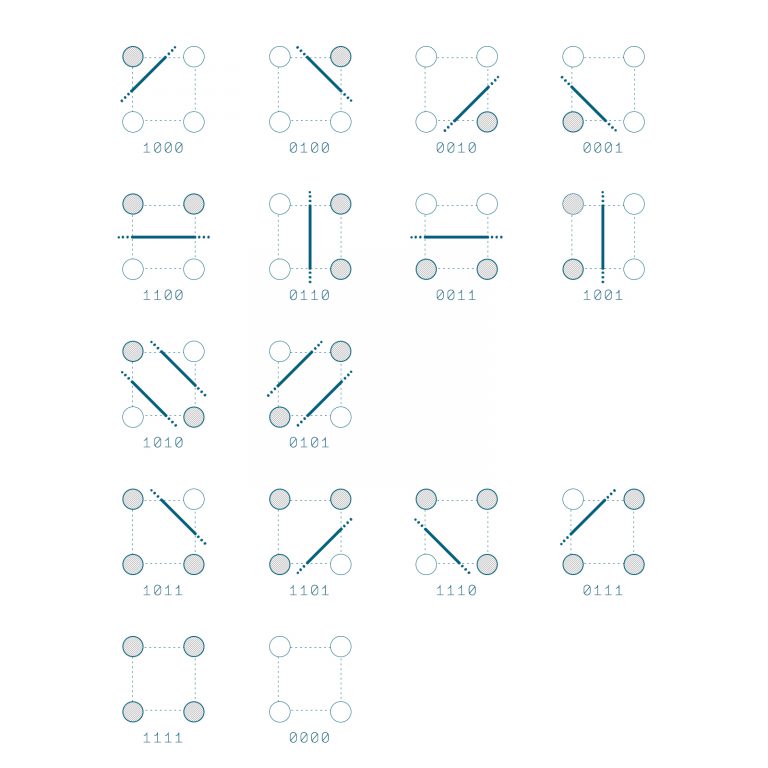
The Eternal Labyrinth
This artwork is inspired by “The Garden of Forking Paths”, a short story in the book “Ficciones”, written by Jorge Luis Borges.
The story follows Dr. Yu Tsun, a German spy in England who tries to escape from Captain Madden. On his way to passing the secret information he possesses, he finds himself talking with Stephen Albert, the keeper of the Garden of Forking Paths. Albert starts to talk about Ts’ui Pen, a provincial governor who retired to write a novel and to create a maze in which all men would lose themselves. He says that he has figured out that Ts’ui Pen’s labyrinth is Ts’ui Pen’s novel. He explains that the character of the book chooses simultaneously all alternatives, in doing so the character creates infinitely various futures -and thus- an invisible labyrinth of time is created.
The objective of this artwork is to create a new interpretation of the labyrinth and to emphasise Borges’ concerns which trigger philosophical conversations about possible worlds and the inevitability of time
As a starting point, the specific quote from the book was selected:
“In all fiction, when a man is faced with alternatives he chooses one at the expense of the others. In the almost unfathomable Ts’ui Pen, he chooses – simultaneously – all of them. He thus creates various futures, various times which start others that will in their turn branch out and bifurcate in other times. That is the cause of the contradictions in the novel.”
By using ASCII codes, the specific quote was converted into binary code.
Then, using a two-dimensional array in order to apply the binary data -consisted of 3.311 digits- into a grid.
The labyrinth was generated by using the Marching Squares algorithm and therefore creating a visualisation of the 2D scalar field.
The dynamic aspect of the labyrinth emerged by making it responsive to the wanderer’s movement. By being in a quantum state, every new observation of the labyrinth calls for a revision of its shape. This was achieved by implementing various probability areas with a different tendency to change.
As a result, the labyrinth can be perceived as a quantum object that creates conditions of inescapability in the microscale, but also as a naturally evolving organism dependent on its wanderer’s movement in the macroscale.
